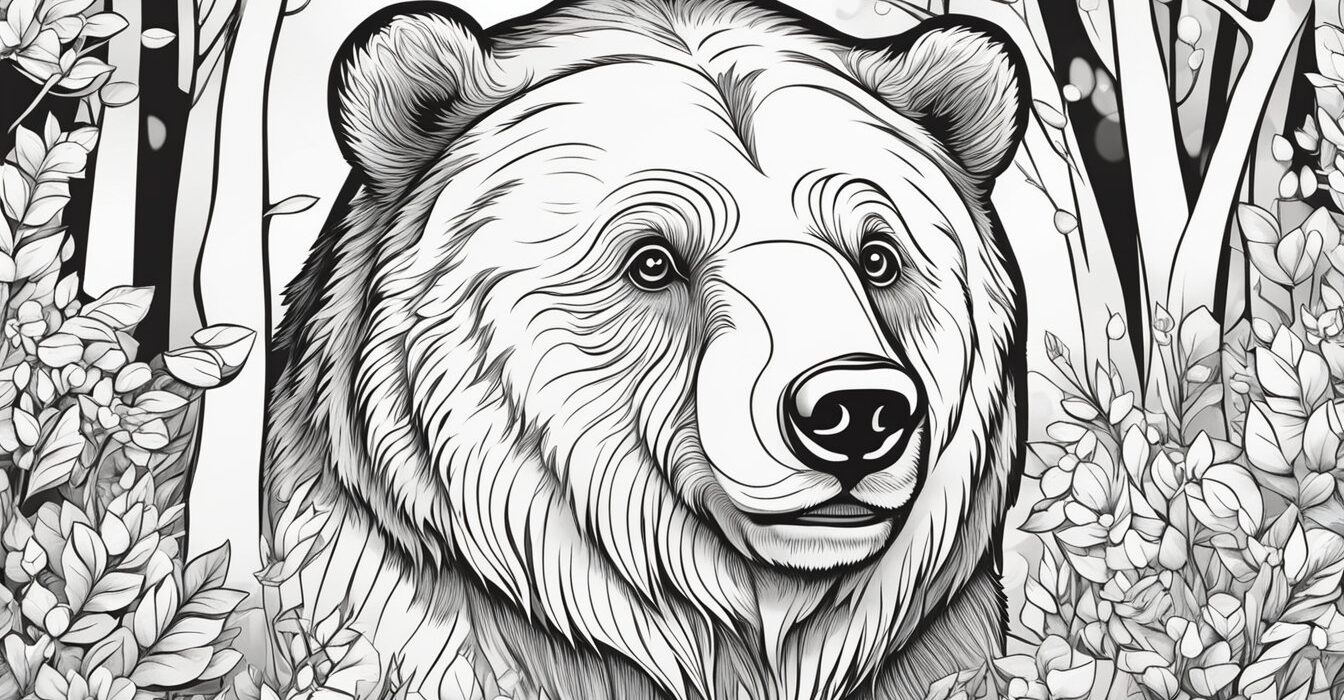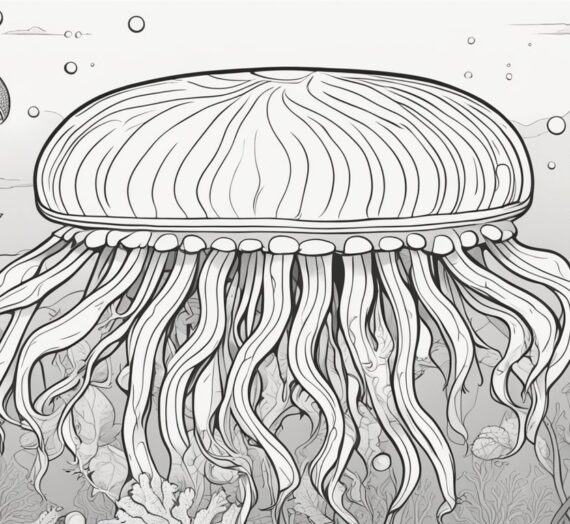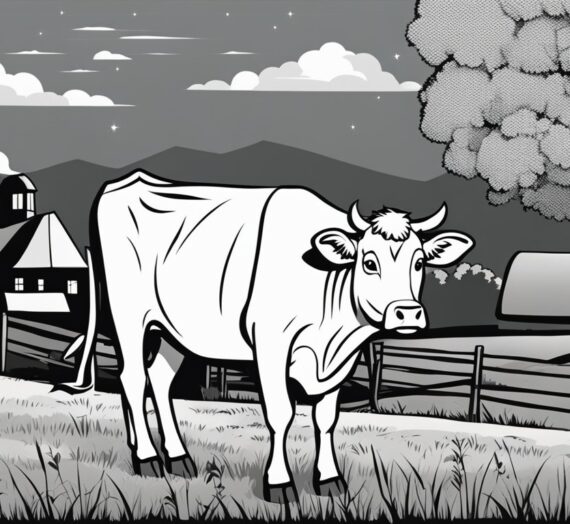Bear Coloring Book: A Fun Activity for Kids and Adults Alike. Bear coloring books are a popular choice for children and adults who enjoy coloring. These books feature a variety of bear species, including black bears, brown bears, and polar bears, in various settings and poses. Coloring books offer a fun and creative way to relax and unwind, while also improving fine motor skills and hand-eye coordination.
Bear Coloring Book
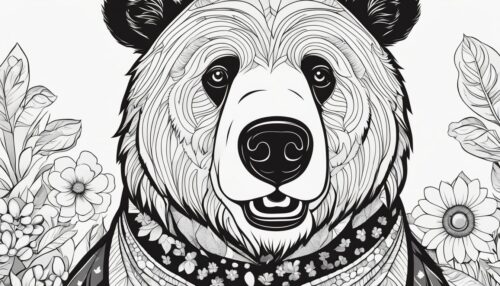


One popular bear coloring book features 70 unique pages of bears, including teddy bears, grizzly bears, and more. The illustrations are high-quality and printed on letter-sized paper, making them easy to color and display. Another option is a set of 17 free printable bear coloring pages, featuring cute and realistic bear drawings that are perfect for kids and adults alike.
Whether you’re looking for a fun activity for a rainy day or a way to unwind after a long day at work, a bear coloring book is a great choice. With so many options available, there’s sure to be a book or printable set that appeals to your interests and skill level. So grab some colored pencils or markers and get ready to bring these majestic creatures to life!
The Importance of Bear Coloring Books
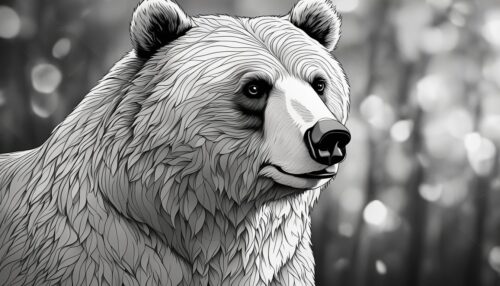
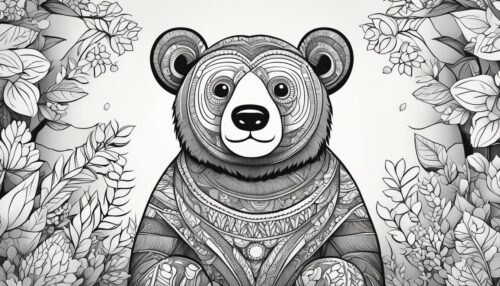
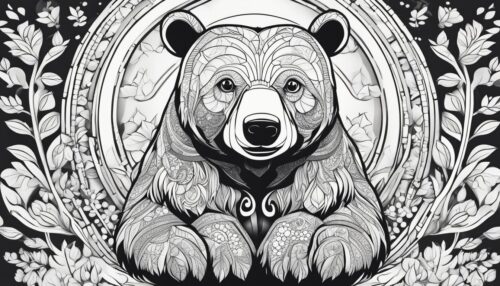
Bear coloring books are an essential tool for children to learn about these magnificent creatures. They provide an opportunity for children to express their creativity while learning about the different types of bears, their habitats, and behaviors.
Coloring books can help children develop their fine motor skills, hand-eye coordination, and concentration. They also help children develop their imagination and creativity, as they choose colors and create their own unique designs.
Bear coloring books can also be used as a tool for education. Teachers can use these books to teach children about the different types of bears and their habitats. They can also be used to teach children about conservation and the importance of protecting these animals and their habitats.
Furthermore, bear coloring books can be a great stress-reliever for adults. Coloring has been proven to reduce stress and anxiety levels, and can be a great way to unwind after a long day.
In summary, bear coloring books are an important educational tool for children and can also provide stress relief for adults. They offer a fun and creative way to learn about these magnificent creatures and their habitats, and can help promote conservation efforts to protect these animals for future generations.
Types of Bear Coloring Books
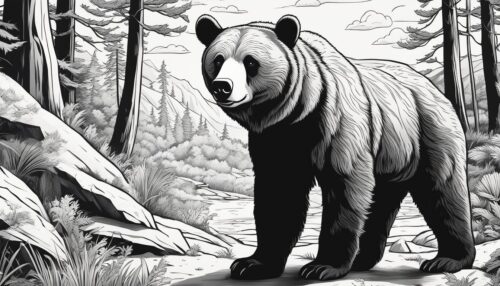

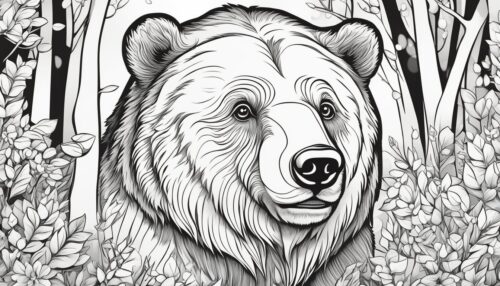
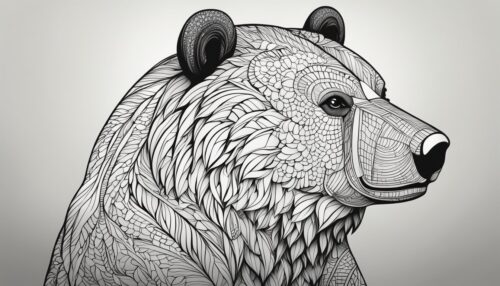
Educational Bear Coloring Books
Educational bear coloring books are designed to teach children about different types of bears, their habitats, and behaviors. These coloring books often include fun facts, puzzles, and activities that engage children in learning about bears. Some educational bear coloring books may also include information about conservation efforts to protect bear populations.
Therapeutic Bear Coloring Books
Therapeutic bear coloring books are designed to promote relaxation and reduce stress. These coloring books often feature intricate bear designs that require focus and concentration to color. Coloring has been shown to have therapeutic benefits and can help reduce anxiety and promote mindfulness.
Recreational Bear Coloring Books
Recreational bear coloring books are designed for entertainment purposes and are often geared towards both children and adults. They may include a variety of bear designs, including cute and whimsical designs, realistic depictions, and even abstract designs. These coloring books can be a fun way to pass the time and express creativity.
Overall, bear coloring books can serve a variety of purposes, from education to relaxation to entertainment. Whether you’re a child or an adult, there’s a bear coloring book out there for you.
Target Audience for Bear Coloring Books

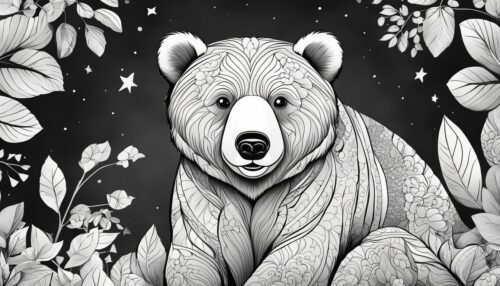

Bear coloring books are enjoyed by a wide range of people, from children to adults. Here are some specific target audiences for bear coloring books:
Children’s Bear Coloring Books
Children’s bear coloring books are designed for kids between the ages of 3 and 8. These coloring books feature simple, easy-to-color images of bears in various poses and activities. They often include educational content such as the alphabet, numbers, and basic shapes. Children’s bear coloring books can help improve hand-eye coordination, fine motor skills, and creativity. They can also help children learn about bears and their habitats.
Adult Bear Coloring Books
Adult bear coloring books are designed for people who are 18 years old or older. These coloring books feature more complex images of bears that are suitable for adults. They often include intricate patterns, detailed designs, and shading techniques. Adult bear coloring books can help reduce stress, anxiety, and depression. They can also improve focus, concentration, and mindfulness. Adult bear coloring books are great for people who enjoy art, nature, and animals.
In conclusion, bear coloring books are a great way to relax, unwind, and express creativity. Whether you are a child or an adult, there is a bear coloring book out there that is perfect for you.
Design Elements in Bear Coloring Books
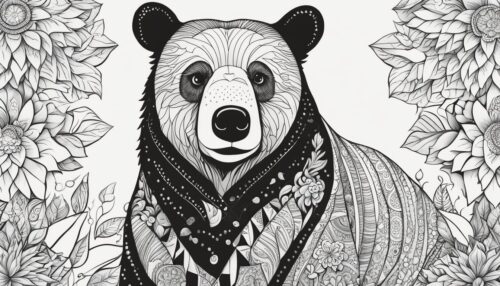

Illustration Styles
Bear coloring books come in a variety of illustration styles, ranging from realistic to whimsical. Some styles may feature intricate details and shading, while others may have simpler designs with bold lines and shapes. The choice of illustration style can greatly affect the overall feel of the coloring book and appeal to different audiences.
Complexity Levels
Bear coloring books also vary in complexity levels, with some featuring easy-to-color designs suitable for children, while others have more intricate designs intended for adults. The complexity level can also impact the type of coloring tools used, as more complex designs may require finer-tipped pens or pencils.
Themes and Motifs
Bear coloring books may feature a variety of themes and motifs, such as nature scenes, holidays, or cultural traditions. Some coloring books may focus on a specific type of bear, such as polar bears or grizzly bears, while others may include a variety of bear species. The choice of theme and motifs can add interest and variety to the coloring book and cater to different interests.
In summary, bear coloring books offer a range of design elements, from illustration styles to complexity levels and themes. The choice of design elements can greatly impact the overall appeal of the coloring book and cater to different audiences.
Production and Publishing
Creating a bear coloring book is a fun and creative activity that can be enjoyed by both children and adults. Once the illustrations are complete, the next step is to produce and publish the coloring book. Here are some important factors to consider during the production and publishing process:
Printing and Formatting
When it comes to printing and formatting a bear coloring book, it is important to ensure that the illustrations are of high quality and that the book is formatted correctly. The book should be printed on high-quality paper that can handle different coloring mediums such as colored pencils, markers, and crayons.
It is recommended to use a standard book size of 8.5 x 11 inches for the coloring book. This size is easy to handle and can accommodate a variety of illustrations. Additionally, it is important to ensure that there is enough space between the illustrations so that the colors do not bleed onto adjacent pages.
Self-Publishing vs. Traditional Publishing
There are two main options for publishing a bear coloring book: self-publishing or traditional publishing. Self-publishing allows the author to have complete control over the content and design of the book. However, it also requires the author to handle all aspects of production, marketing, and distribution.
Traditional publishing involves working with a publishing company that will handle the production, marketing, and distribution of the book. While this option may provide more resources and support, it also involves giving up some control over the final product.
Marketing and Distribution
Regardless of which publishing method is chosen, it is important to have a marketing and distribution plan in place. This can include creating a website or social media presence to promote the book, reaching out to bookstores and libraries to carry the book, and attending book fairs and events to showcase the book.
In conclusion, producing and publishing a bear coloring book requires attention to detail and careful planning. By considering factors such as printing and formatting, publishing options, and marketing and distribution, authors can create a successful and enjoyable coloring book for all ages.
Choosing the Right Paper and Materials
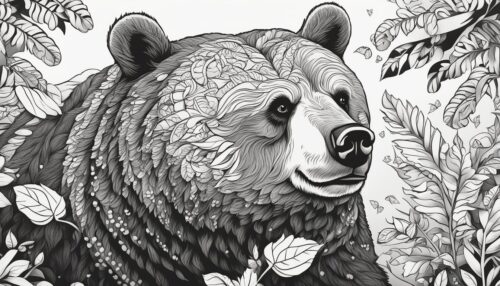

When it comes to creating a bear coloring book, choosing the right paper and materials is essential. The paper you choose can affect the finished product of your coloring book, so it’s important to choose wisely.
Paper Weight
The weight of the paper is a crucial factor to consider when selecting paper for your coloring book. Heavier or thicker paper, such as Bristol paper, is highly recommended for coloring books. These papers can handle more layers of color, preventing bleed-through and ensuring a long-lasting finished product. A paper weight of 80lb or 100lb Text is ideal, especially for adult coloring books, to minimize show-through from markers and provide a pleasant tactile experience.
Paper Type
Watercolor paper is the go-to paper for many artists. It is much thicker than printer and bleed-proof paper and is designed to soak up watercolor paints. This means that it is an excellent choice for things like watercolor pencils and will also do a great job of soaking up all the ink from markers, although some jagged edges may occur.
Coloring Materials
Choosing the right coloring materials is just as important as selecting the right paper. Colored pencils are a popular choice for many artists, but markers and watercolor paints can also be used. It’s important to choose high-quality materials that will not bleed through the paper and ruin the design on the other side.
In conclusion, choosing the right paper and materials is essential when creating a bear coloring book. By selecting the appropriate paper weight and type and high-quality coloring materials, you can ensure a long-lasting and visually appealing finished product.
Marketing Strategies for Bear Coloring Books
When it comes to successfully marketing bear coloring books, several strategies can help publishers stand out in a competitive market. These strategies include analyzing market demand, focusing on design uniqueness, and keeping up with the latest trends.
Analyzing Market Demand
Before creating and marketing a bear coloring book, it’s important to analyze the market demand for such a product. Publishers can use online tools to research the popularity of bear-themed coloring books and identify any gaps in the market. By understanding the demand for bear coloring books, publishers can create a product that meets the needs of their target audience.
Focusing on Design Uniqueness
To stand out in the market, publishers should focus on designing a unique bear coloring book. This can include incorporating different bear species, such as grizzly bears or polar bears, or adding fun and engaging elements, such as puzzles or mazes. By creating a unique design, publishers can attract a wider audience and increase the chances of their coloring book being noticed.
Keeping Up with the Latest Trends
Publishers should also keep up with the latest trends in the coloring book industry to ensure their bear coloring book remains relevant and appealing to consumers. This can include incorporating popular themes, such as mindfulness or relaxation, or using eco-friendly materials. By staying up-to-date with the latest trends, publishers can attract a wider audience and remain competitive in the market.
In summary, to successfully market a bear coloring book, publishers should analyze market demand, focus on design uniqueness, and keep up with the latest trends. By following these strategies, publishers can create a product that meets the needs of their target audience and stands out in a competitive market.
Cultural Significance of Bears in Art
Bears have been a subject of art across various cultures, often symbolizing strength, wisdom, or spirituality. In Native American cultures, bears are considered to be powerful and sacred animals. They are often depicted in totem poles, masks, and other forms of art. For example, the Tlingit coloring book features drawings of bears alongside their Tlingit names and cultural significance.
In Chinese culture, the bear is one of the twelve zodiac animals and represents the element of earth. It is associated with strength, courage, and independence. In Chinese art, the bear is often depicted in paintings and sculptures.
In European cultures, bears have been featured in art for centuries. In medieval times, bears were often used as symbols of strength and bravery, and were depicted in coats of arms and crests. The famous statue of the “Bear and the Bull” in Wall Street, New York, is a representation of bears as symbols of strength and power.
In contemporary art, bears continue to be a popular subject. Many artists use bears to convey themes of nature, conservation, and environmentalism. For example, the artist Robert Bateman often depicts bears in his paintings as a way to raise awareness about their conservation.
Overall, bears hold cultural significance in many societies and have been a subject of art for centuries. From Native American to Chinese to European cultures, bears have been depicted in various forms of art as symbols of strength, wisdom, and spirituality.
Digital vs. Physical Bear Coloring Books
When it comes to bear coloring books, there are two main types: digital and physical. Each has its own set of advantages and disadvantages, and choosing between the two ultimately comes down to personal preference.
Physical Bear Coloring Books
Physical bear coloring books are the traditional option, consisting of a printed book filled with bear-themed coloring pages. One of the main advantages of physical coloring books is that they offer a tactile experience that some people find more enjoyable than digital versions. The physical act of coloring with pencils or markers can be relaxing and therapeutic for some individuals.
However, physical coloring books also have some drawbacks. For one, they can take up a lot of space and require organization. Additionally, mistakes or changes are harder to correct in physical books, as opposed to digital versions where edits can be made with a few clicks.
Digital Bear Coloring Books
Digital bear coloring books are a newer option that has gained popularity in recent years. These books can be accessed on a tablet, computer, or smartphone and offer a range of features that physical books don’t have. For example, digital coloring books offer unlimited possibilities, as users can easily change colors, add shading, and experiment with different effects.
Another advantage of digital coloring books is that they are more portable than physical books. Users can access their coloring books from anywhere, as long as they have their device with them. Additionally, digital books don’t take up any physical space, making them a great option for those with limited storage.
However, there are also some downsides to digital coloring books. For one, they require a device to access, which can be a barrier for some individuals. Additionally, some people may find the experience of coloring on a screen less enjoyable than coloring on paper. Finally, digital coloring books can be more expensive than physical books, depending on the platform or subscription service used.
Environmental Considerations in Coloring Book Production
Coloring books have become a popular pastime for people of all ages. However, the production of coloring books can have a significant impact on the environment. As a result, many publishers and artists are now taking environmental considerations into account when producing coloring books.
One of the primary environmental considerations in coloring book production is the sourcing of materials. Eco-friendly coloring books are typically made using paper that is either recycled or derived from sustainably managed forests. This practice ensures that the creation of coloring books has minimal impact on the environment.
Another consideration is the use of non-toxic materials. Some coloring books are made using toxic materials that can be harmful to the environment and human health. To avoid this, many publishers and artists are now using non-toxic materials in their coloring books.
Additionally, some coloring books are now being produced using digital technology. Digital coloring books eliminate the need for paper and ink, which can significantly reduce the environmental impact of coloring book production.
In conclusion, environmental considerations are becoming increasingly important in the production of coloring books. By sourcing materials responsibly, using non-toxic materials, and exploring digital options, publishers and artists can help to minimize the environmental impact of coloring book production.
